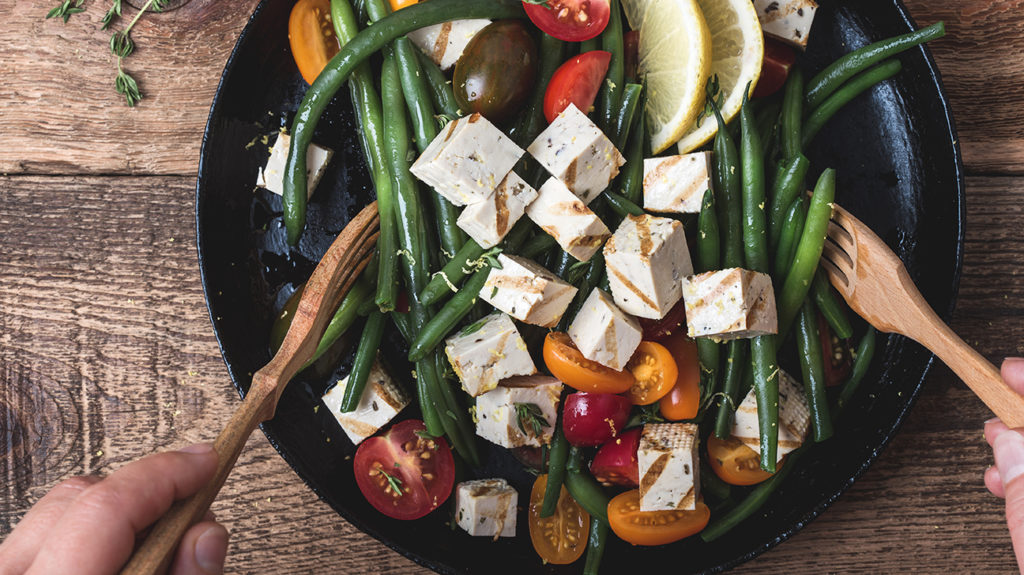What sets a “superfood” apart from everything else in your pantry? It’s more than just a trendy buzzword. Superfoods are natural ingredients densely packed with nutrients that offer major benefits—not just for your general health, but specifically for managing your weight. According to registered dietitian Cynthia Sass, these foods go beyond simply filling you up. They actively support your metabolism, improve digestion, and fight inflammation—all of which are critical for sustainable fat loss.
Whether you're looking to trim belly fat, stabilize blood sugar, or avoid that late-night binge, certain foods naturally help your body operate more efficiently. Instead of obsessing over what to cut out of your meals, shifting your focus to what to add in can make a big difference. The superfoods below are loaded with fiber, healthy fats, clean protein, antioxidants, and vitamins that can help put your weight loss goals on the right track.
Let’s look at the top picks—and why they work.
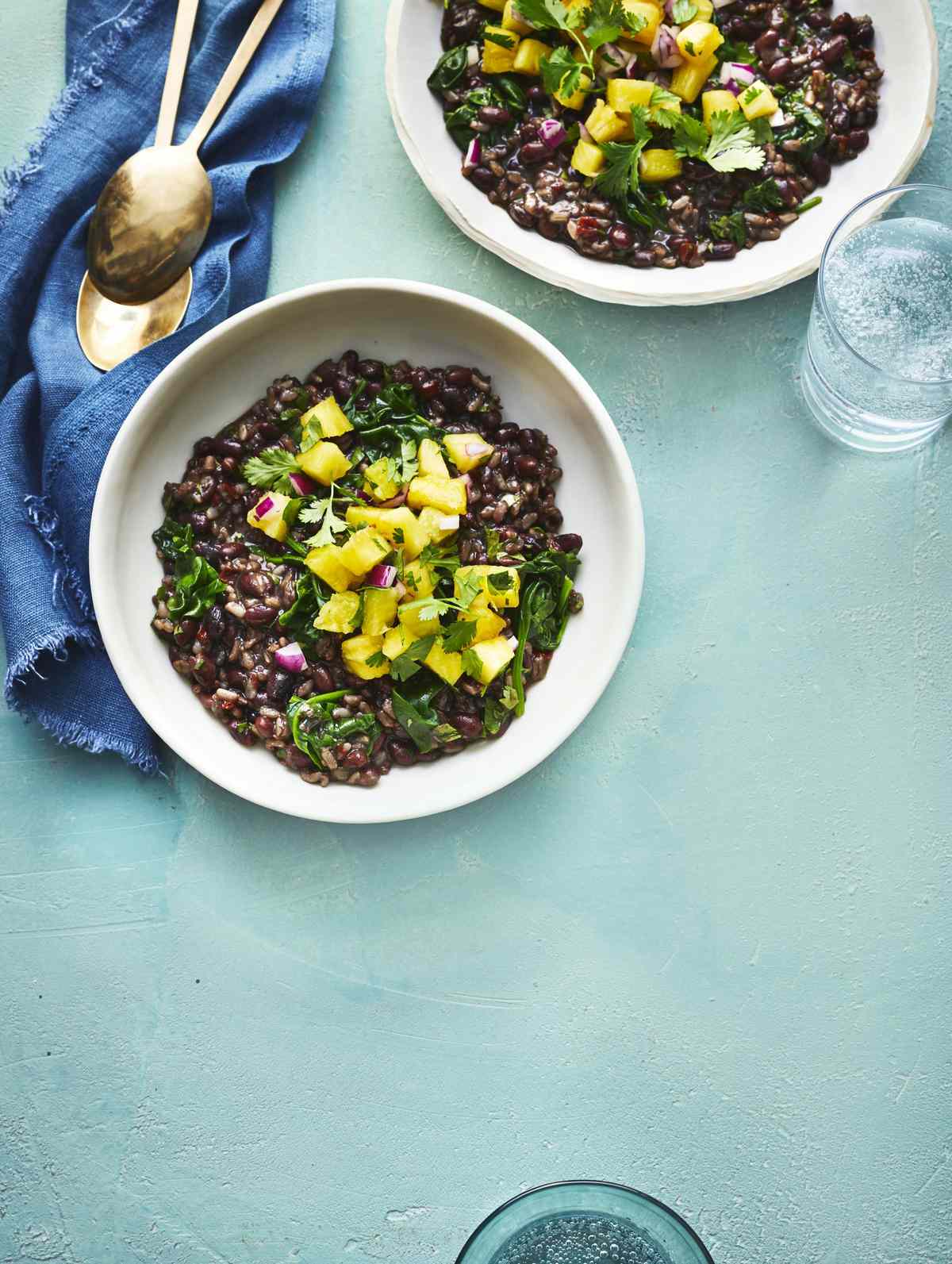
Black Beans
These protein-rich legumes are a quiet powerhouse in the world of superfoods. One cup of cooked black beans delivers around 15 grams of protein and loads of soluble fiber, helping you stay full for hours while regulating blood sugar. Unlike red meats or processed proteins, black beans contain zero saturated fat.
But there’s more: black beans are rich in polyphenols—plant compounds with antioxidant properties that help combat inflammation and oxidative stress. Studies suggest that regularly eating beans and pulses (including chickpeas and lentils) is associated with modest but consistent weight loss.
Pro tip: Add them to salads, soups, or tacos, and you'll boost both flavor and satiety.
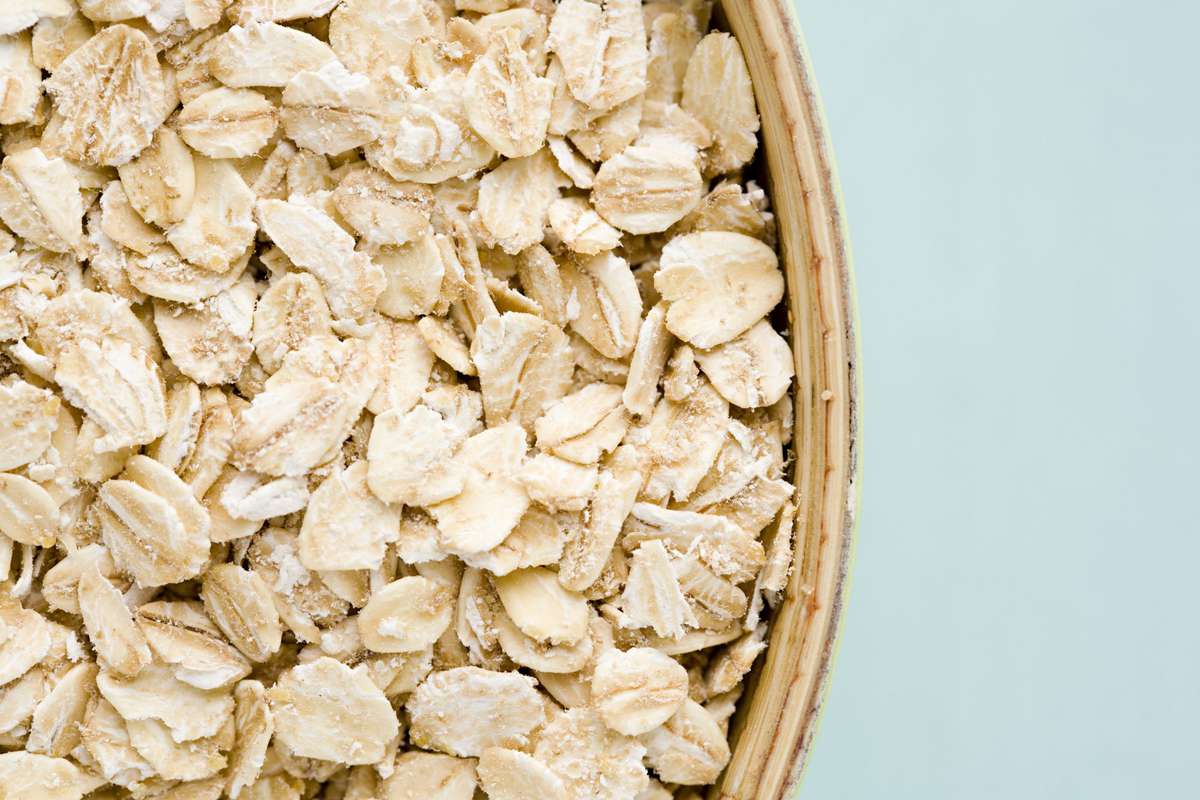
Oats
Oats are a natural source of beta-glucan, a soluble fiber that slows digestion and reduces spikes in blood sugar. This leads to longer-lasting energy and reduced cravings. A bowl of steel-cut or rolled oats in the morning can be a game-changer for weight loss by preventing mid-morning snacking.
Plus, oats contain magnesium, a mineral that aids in regulating blood sugar and muscle function. They are also incredibly versatile. You can use oats to make overnight bowls, blend them into smoothies, or even bake them into healthy snacks.
Go for the least-processed types—like steel-cut oats—for maximum nutritional value and fiber retention.
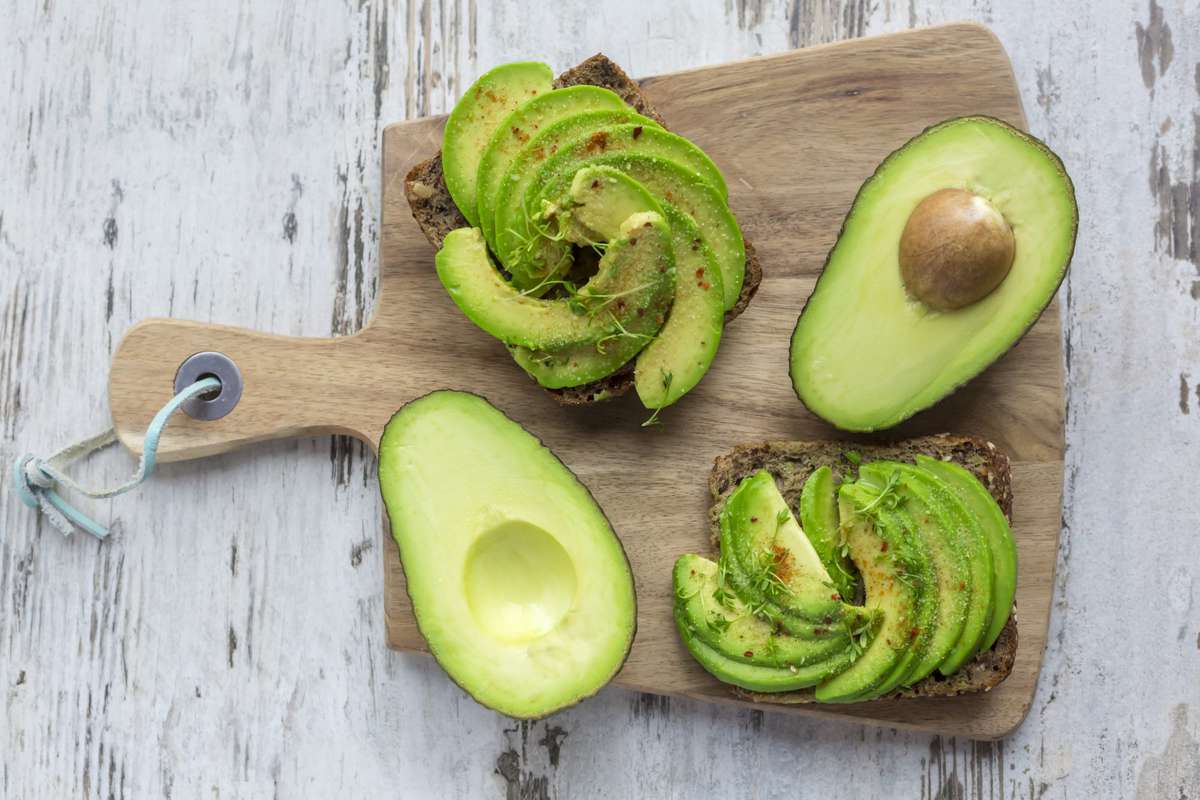
Avocados
Avocados are creamy, satisfying, and rich in monounsaturated fats, which help suppress appetite and support fat metabolism. While they’re calorie-dense, studies show that people who eat avocados tend to have lower body weight and BMI than those who don’t.
In addition to healthy fats, avocados deliver fiber and a mix of anti-inflammatory plant compounds. Their combination of slow-digesting fat and fiber keeps you fuller longer and may even reduce the urge to graze on less-healthy foods throughout the day.
Slice them on toast, blend them into smoothies, or simply enjoy with a bit of lemon juice and sea salt.
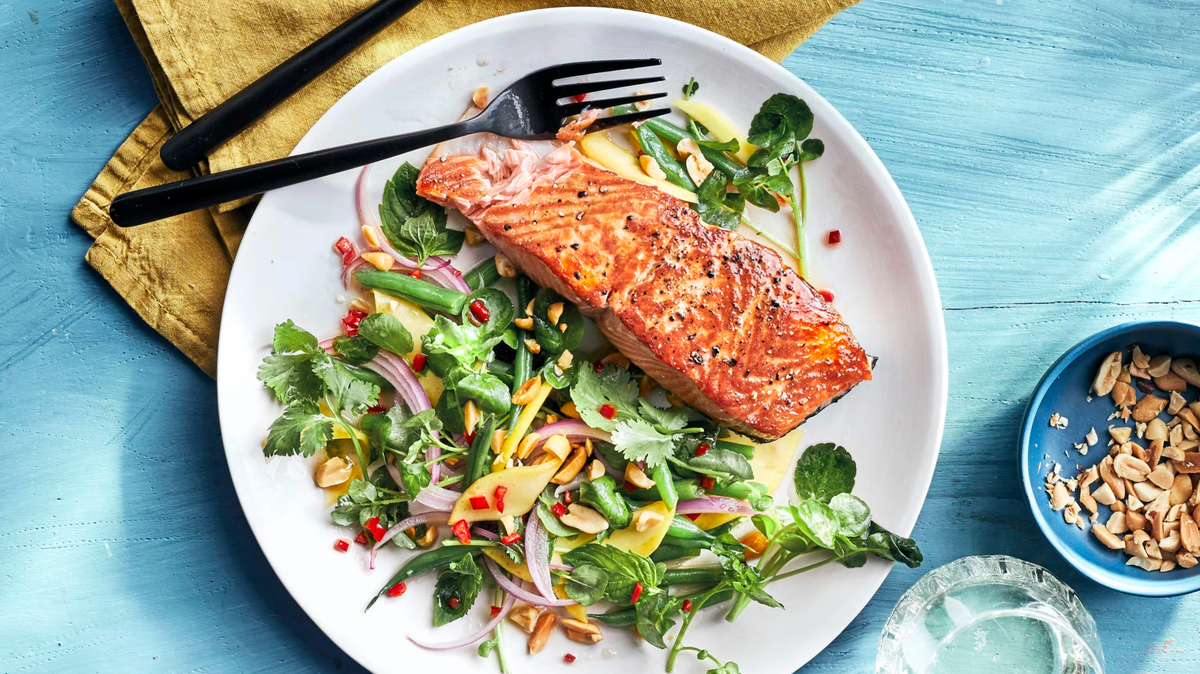
Salmon
As far as lean proteins go, wild-caught salmon is one of the cleanest and most beneficial sources you can eat. It’s brimming with omega-3 fatty acids that support cardiovascular health, fight inflammation, and may directly assist in reducing abdominal fat.
Salmon is also rich in selenium and B vitamins, both essential for metabolic efficiency. Research even shows that regularly replacing meat with fish can result in measurable reductions in body fat.
Grill, roast, or poach it with herbs and veggies for a simple and filling dinner.
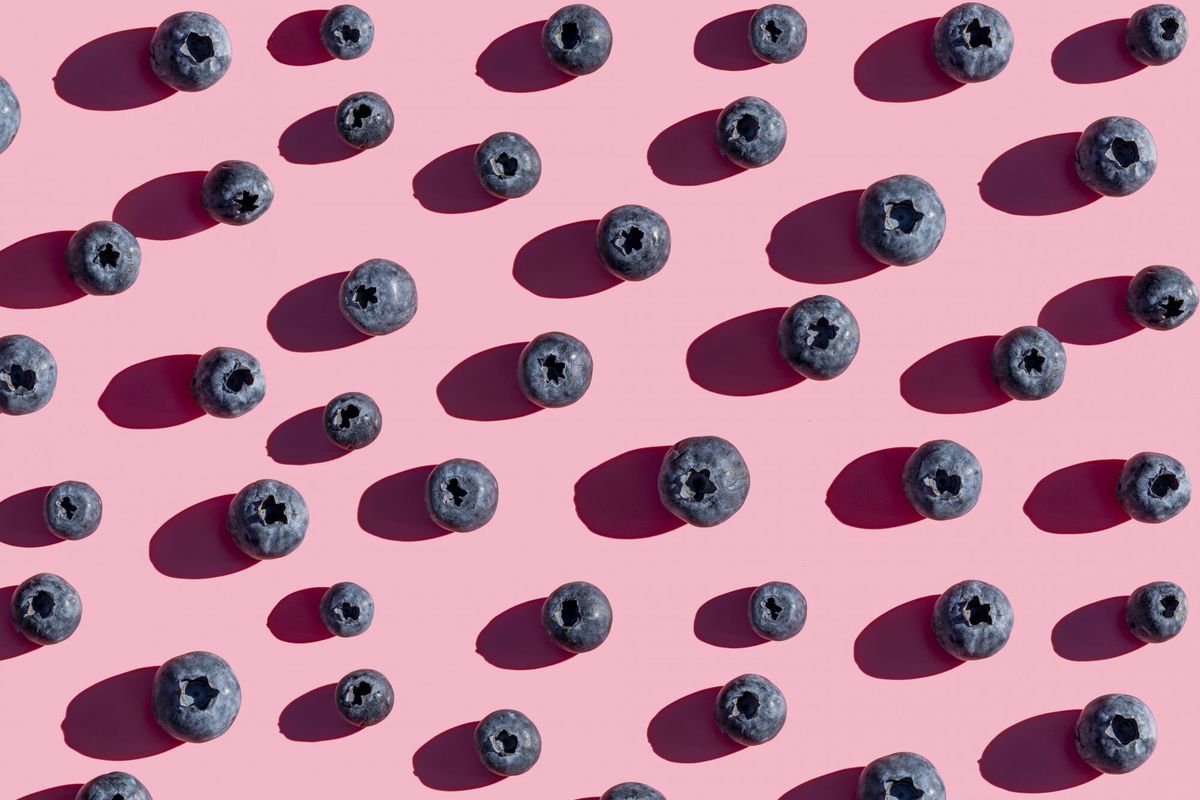
Blueberries
These small berries are nutritional giants when it comes to antioxidants. Rich in anthocyanins and other flavonoids, blueberries may support fat loss by improving insulin sensitivity and reducing oxidative stress in cells.
Low in sugar and high in water and fiber, blueberries make an ideal snack or topping. Their sweet-tart taste satisfies cravings for sugar without the crash.
For variety, try mixing them with raspberries, strawberries, and blackberries—all excellent superfoods in their own right.
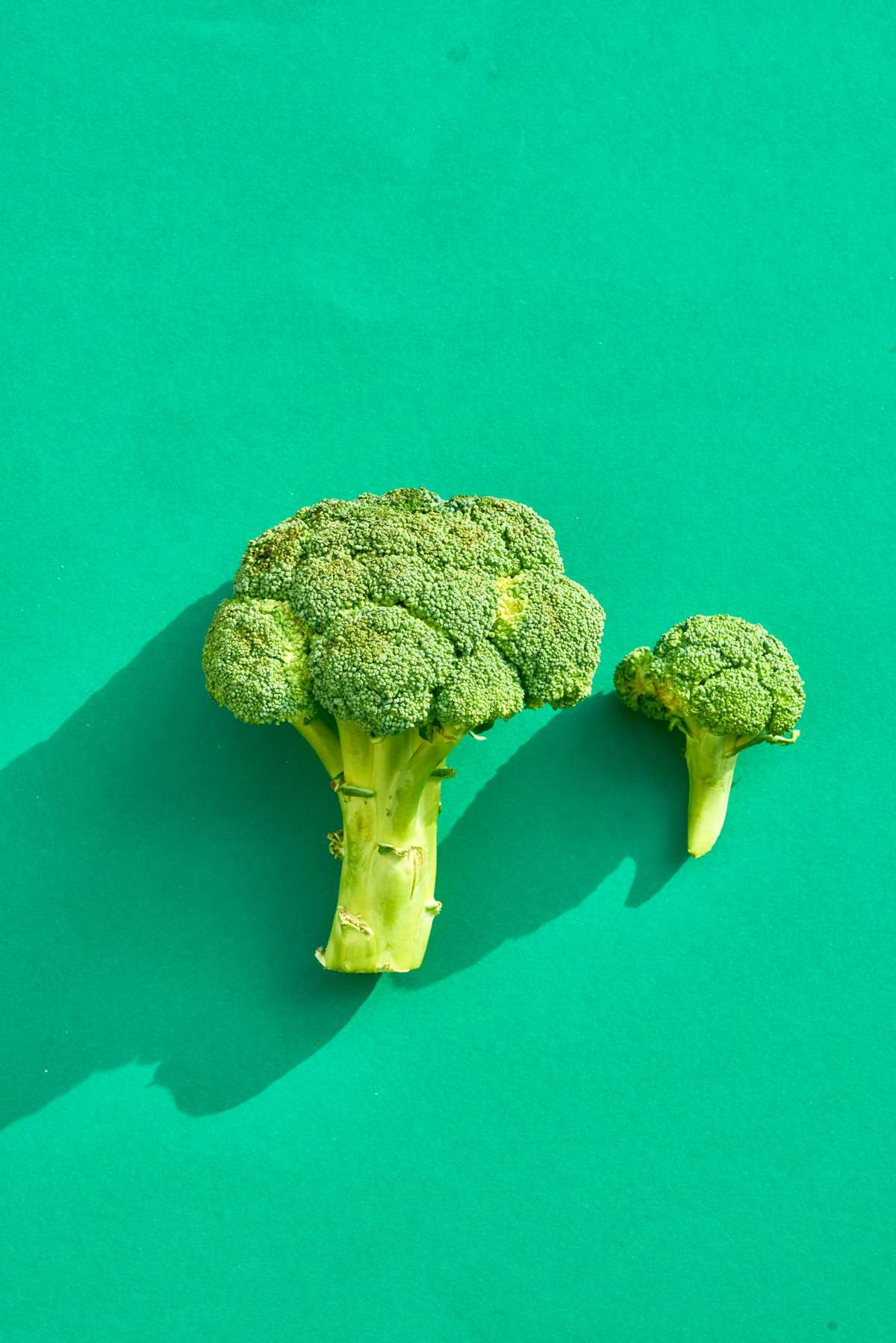
Broccoli
Loaded with vitamin C, calcium, and sulforaphane (a natural plant compound with detoxifying benefits), broccoli is one of the top vegetables for health and weight control. Its high fiber content promotes fullness while helping regulate blood sugar.
Whether steamed, roasted, or eaten raw, broccoli offers major perks for your metabolism and digestive system. Cruciferous vegetables like cauliflower, kale, and Brussels sprouts deliver similar benefits, so be sure to mix them into your weekly meals.
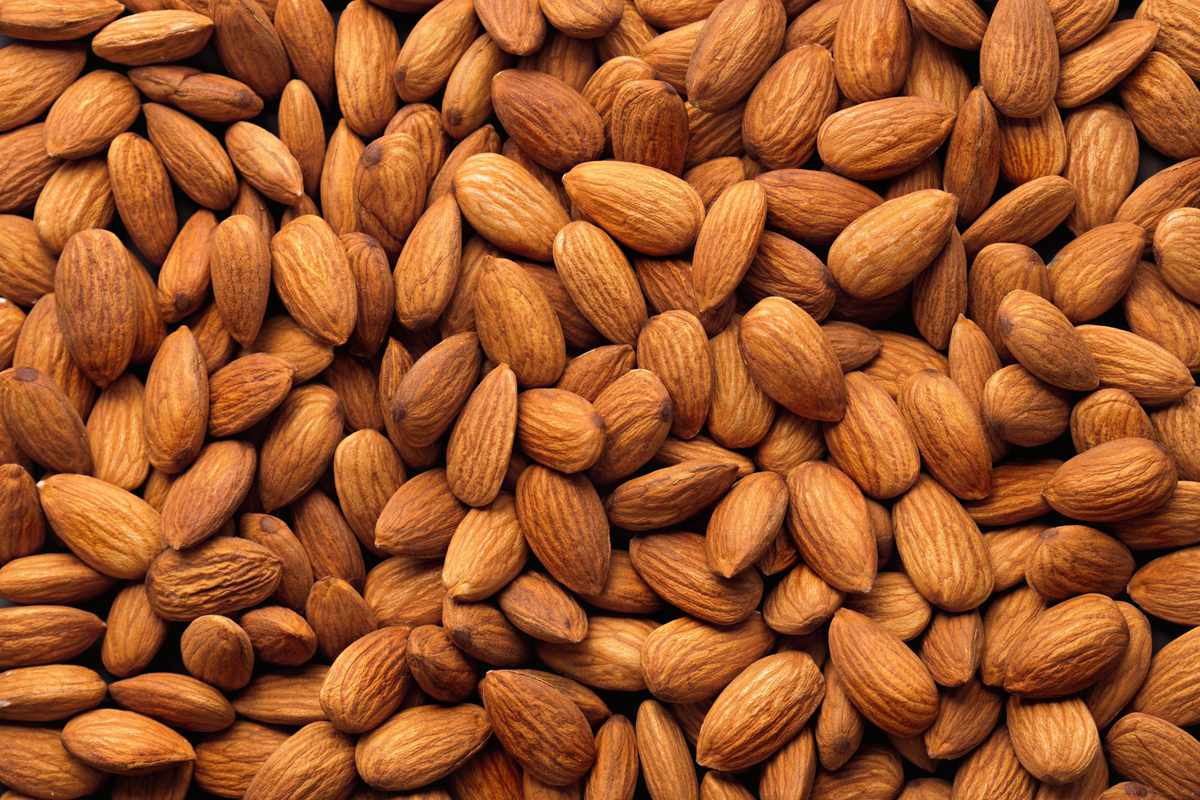
Almonds
Almonds provide a combination of healthy fats, plant-based protein, and fiber, making them incredibly satiating. They also contain magnesium and vitamin E, which can support overall metabolic function.
Interestingly, recent research shows that not all the calories in almonds are absorbed during digestion, meaning they may be less calorie-dense than once believed. This makes them a fantastic option for anyone managing weight without sacrificing nutrients.
Stick with raw or dry-roasted almonds to avoid excess sodium and oil.
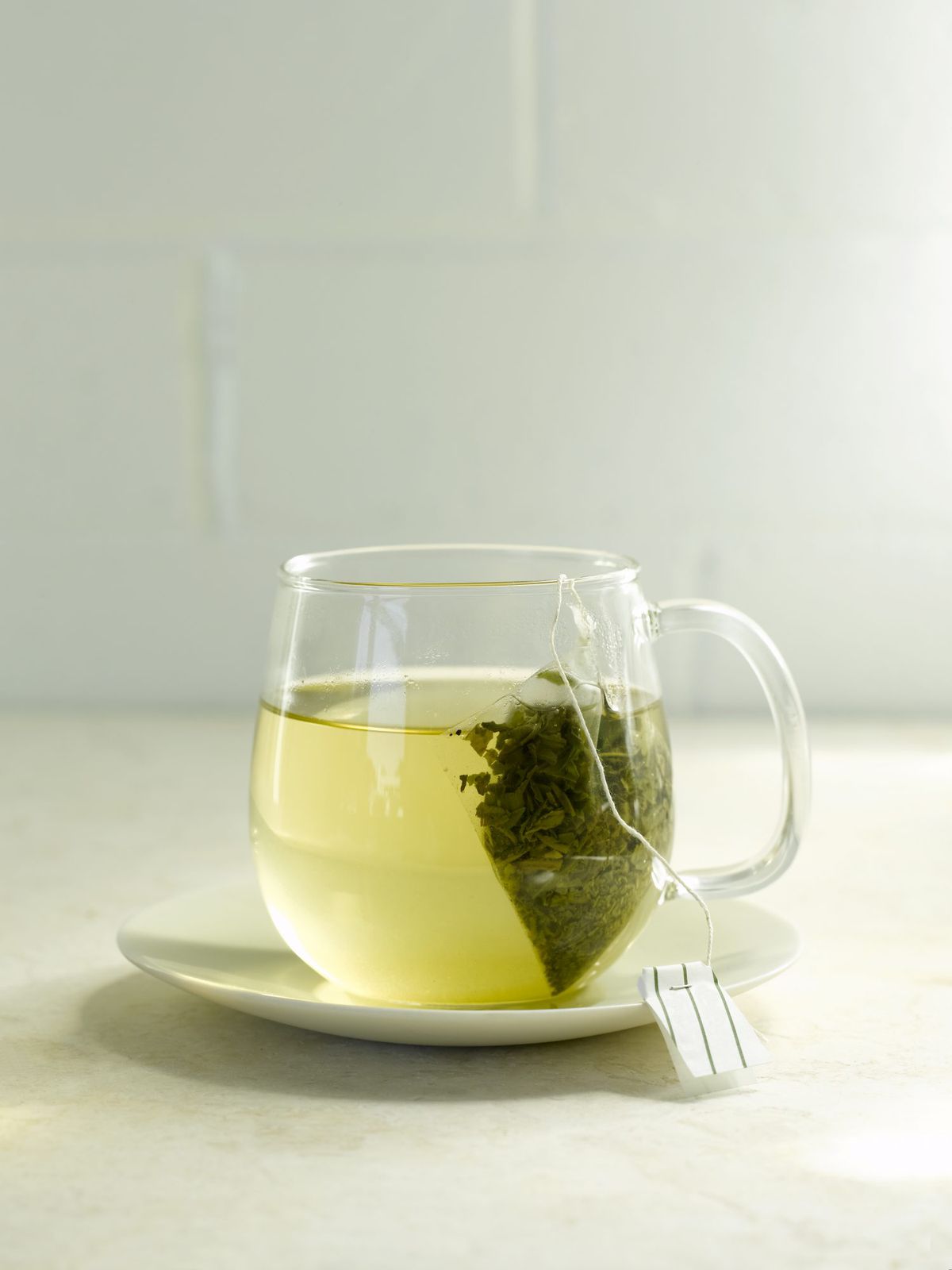
Green Tea
One of the most popular drinks among nutritionists, green tea contains catechins—antioxidants shown to improve fat oxidation and metabolic rate. Drinking green tea may also help reduce abdominal fat when combined with healthy lifestyle habits.
It’s light on calories, refreshing, and can be used in smoothies, iced beverages, or enjoyed hot throughout the day. Matcha, a concentrated form of green tea powder, provides an even higher dose of antioxidants per serving.
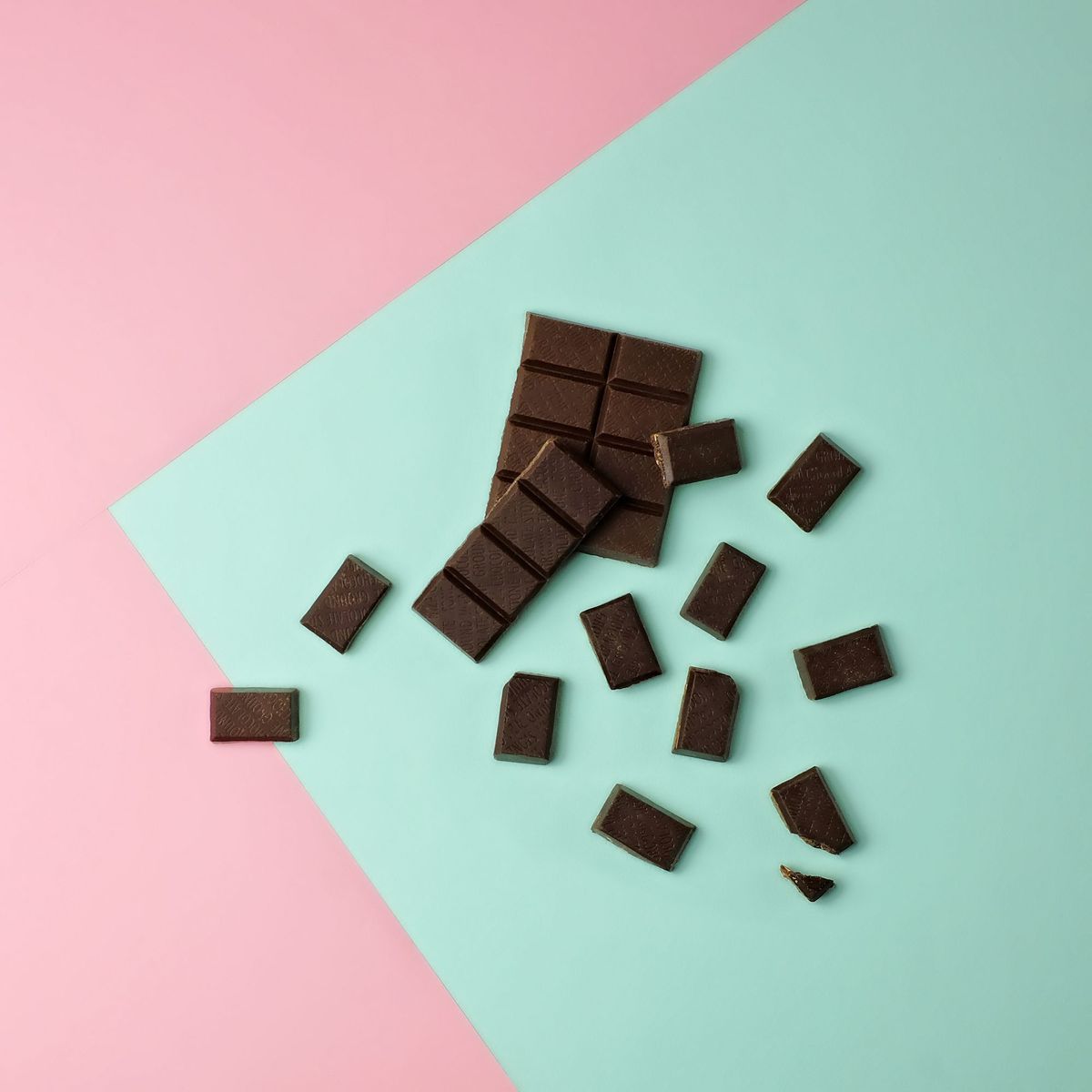
Dark Chocolate
Believe it or not, dark chocolate (at least 70% cocoa) earns a spot among superfoods thanks to its flavanol content. These plant compounds improve blood flow, reduce inflammation, and have even been shown to support mood and stress reduction—key factors in controlling emotional eating.
Dark chocolate also slows digestion and can help satisfy sweet cravings with just a small amount. Avoid chocolates with added dairy, sugar, or oils to keep it as healthy as possible.

Potatoes
Potatoes often get a bad rap, but when prepared properly (think: baked or boiled, not fried), they’re incredibly filling and rich in potassium, which supports heart and nerve function. One medium potato with the skin on delivers more potassium than a banana.
They also contain resistant starch, a type of carbohydrate that resists digestion and acts more like fiber—helping improve satiety and gut health.
Boiled red or purple potatoes retain more antioxidants than overly processed varieties, so skip the fries and chips.
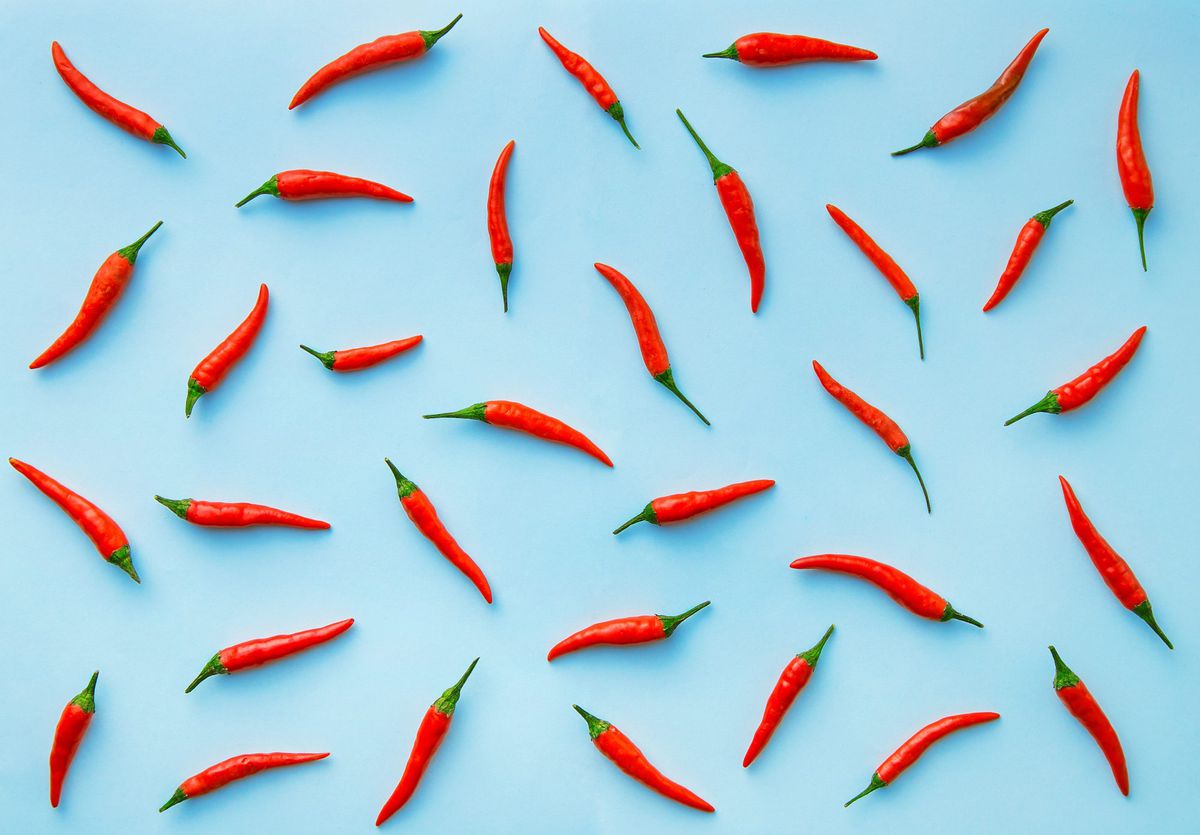
Chili Peppers
Capsaicin, the compound that gives chili peppers their heat, has been shown to increase calorie burn, reduce appetite, and promote fat loss when eaten regularly. That makes hot peppers an effective way to supercharge metabolism naturally.
Cayenne, jalapeños, habaneros, or even hot sauce can be incorporated into soups, eggs, roasted veggies, or marinades.
Next portion continuing in the next response…
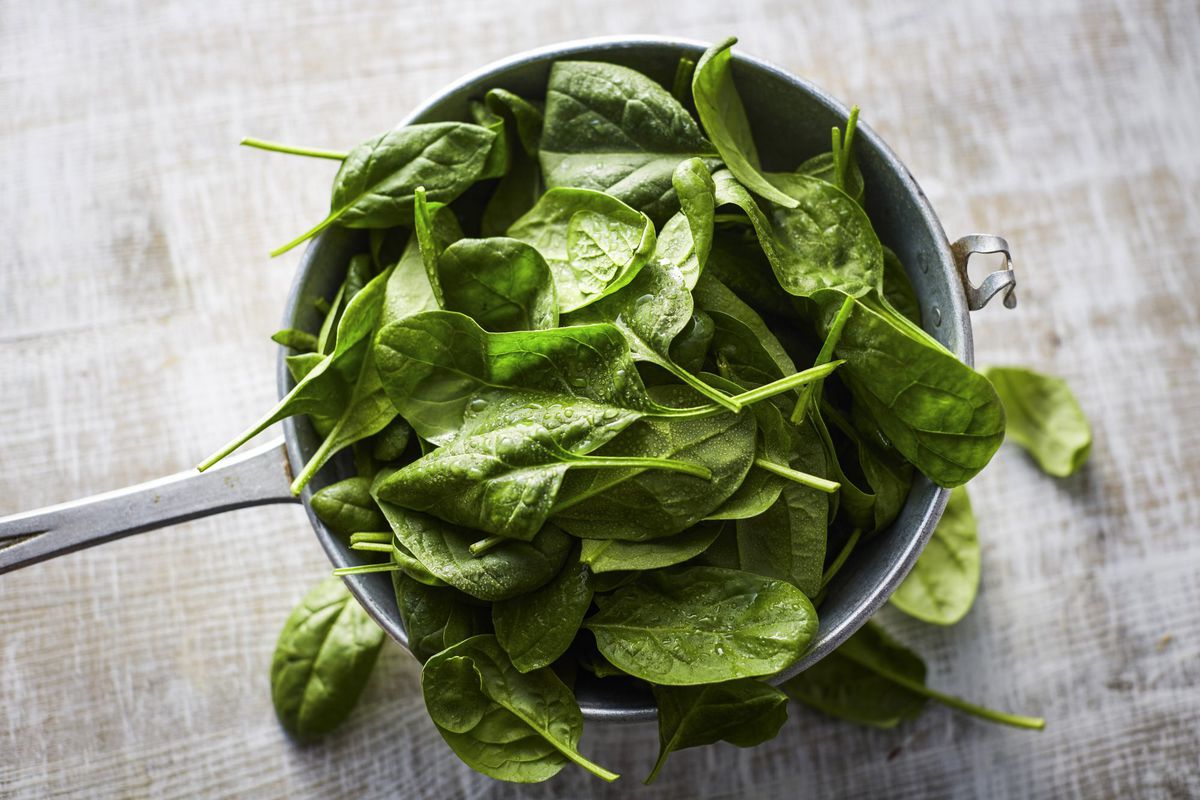
Spinach
This leafy green deserves just as much praise as kale when it comes to superfoods. Spinach is low in calories yet high in vitamins A, C, and K, as well as minerals like iron and magnesium. What makes it particularly effective for weight loss is its thylakoid content—a plant compound shown to reduce hunger and increase satiety.
A study published in Food & Function found that compounds in spinach may help release satiety hormones that curb food intake naturally.
It’s easy to add spinach to smoothies, soups, omelets, or salads for a quick nutritional upgrade.
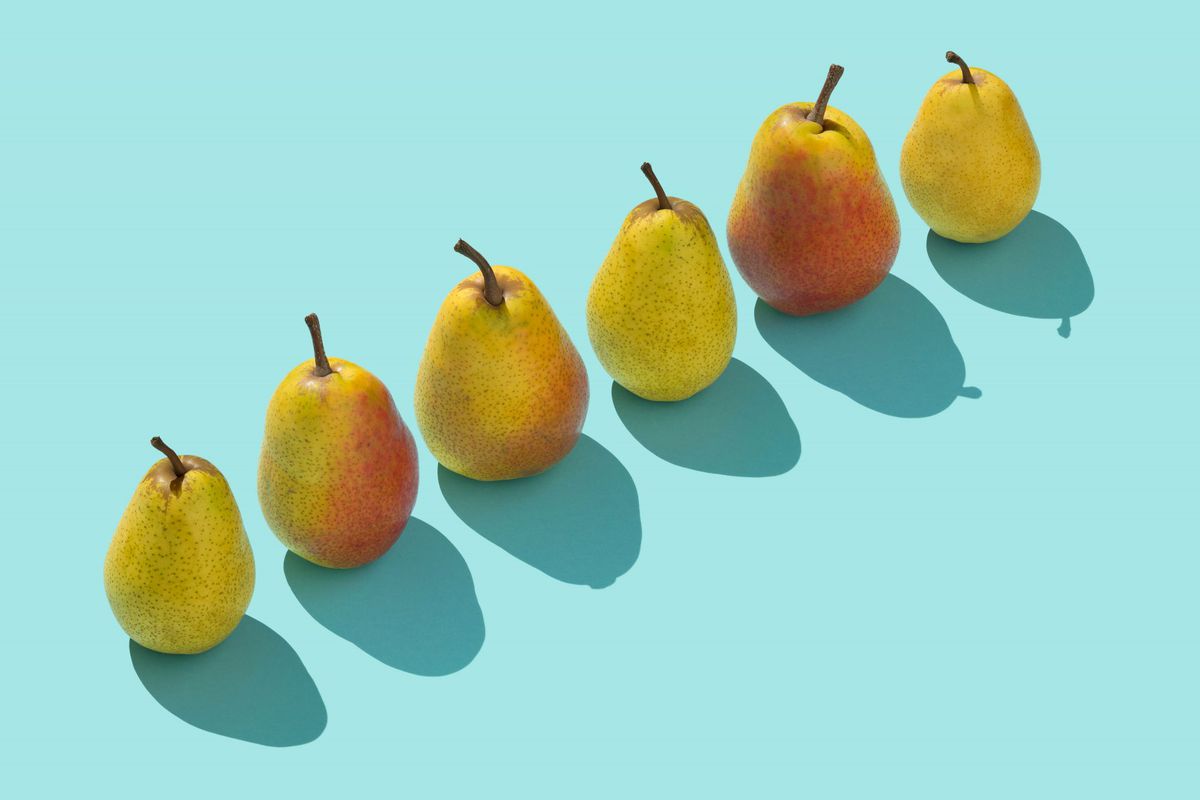
Pear
Pears are sweet, juicy, and highly underrated when it comes to fat loss. With about 6 grams of fiber per medium fruit, they help slow digestion and balance blood sugar. The fiber is especially concentrated in the peel, so don’t throw it away.
A clinical trial found that women who consumed three pears per day lost more weight and ate fewer calories overall compared to those who skipped the fruit.
Eat them raw, poached, or sliced into salads for a naturally sweet crunch.
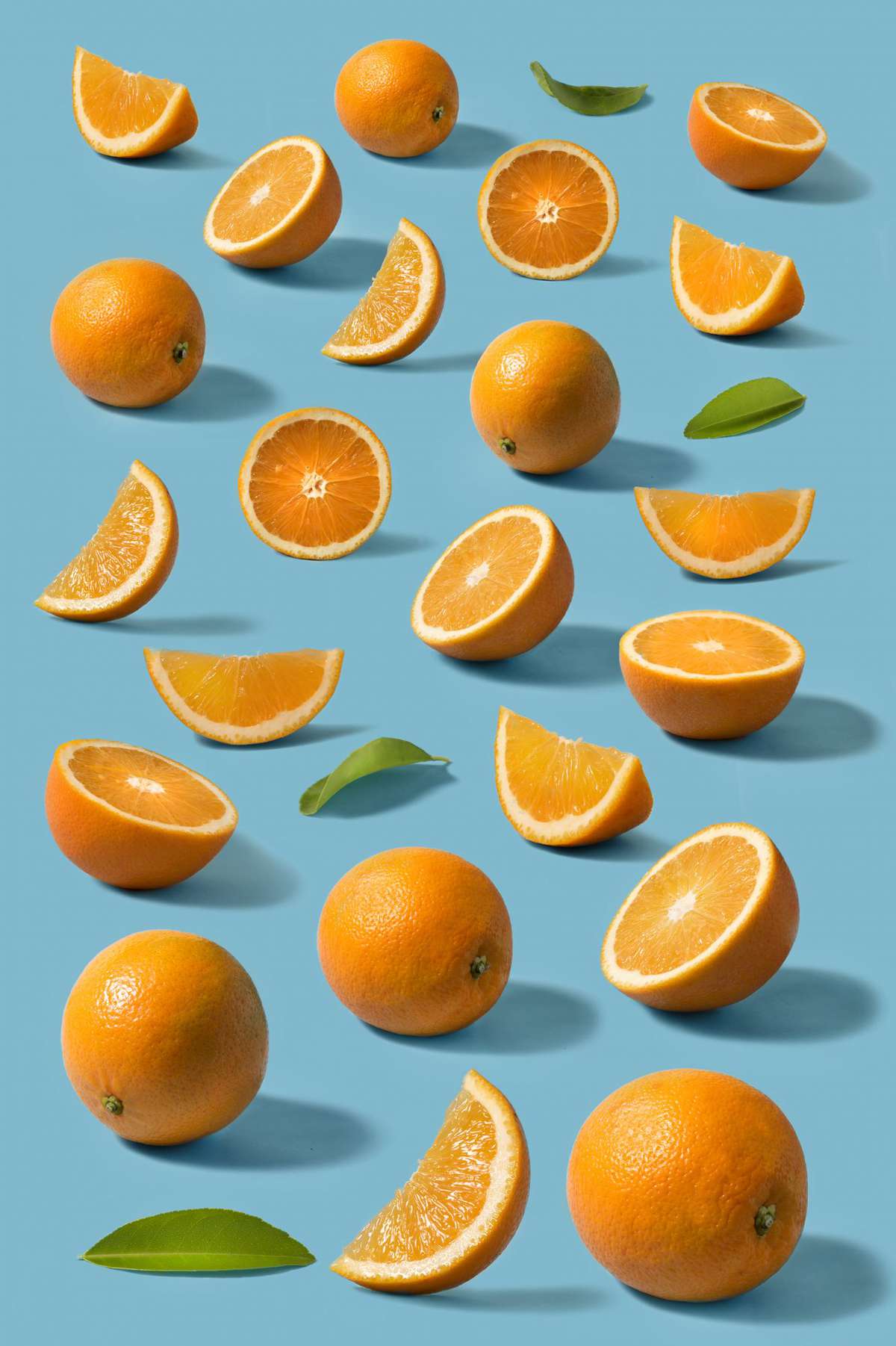
Oranges
Oranges offer more than just a vitamin C boost. They are rich in antioxidants and contain natural plant compounds with antiviral and anti-inflammatory benefits. With around 3 grams of fiber per medium fruit, they’re a satisfying snack that can help regulate your appetite.
Interestingly, oranges scored high on satiety indexes—meaning they help people feel full longer, which may reduce the urge to overeat later in the day.
Eat them whole rather than drinking orange juice, to retain fiber and avoid excess sugar.
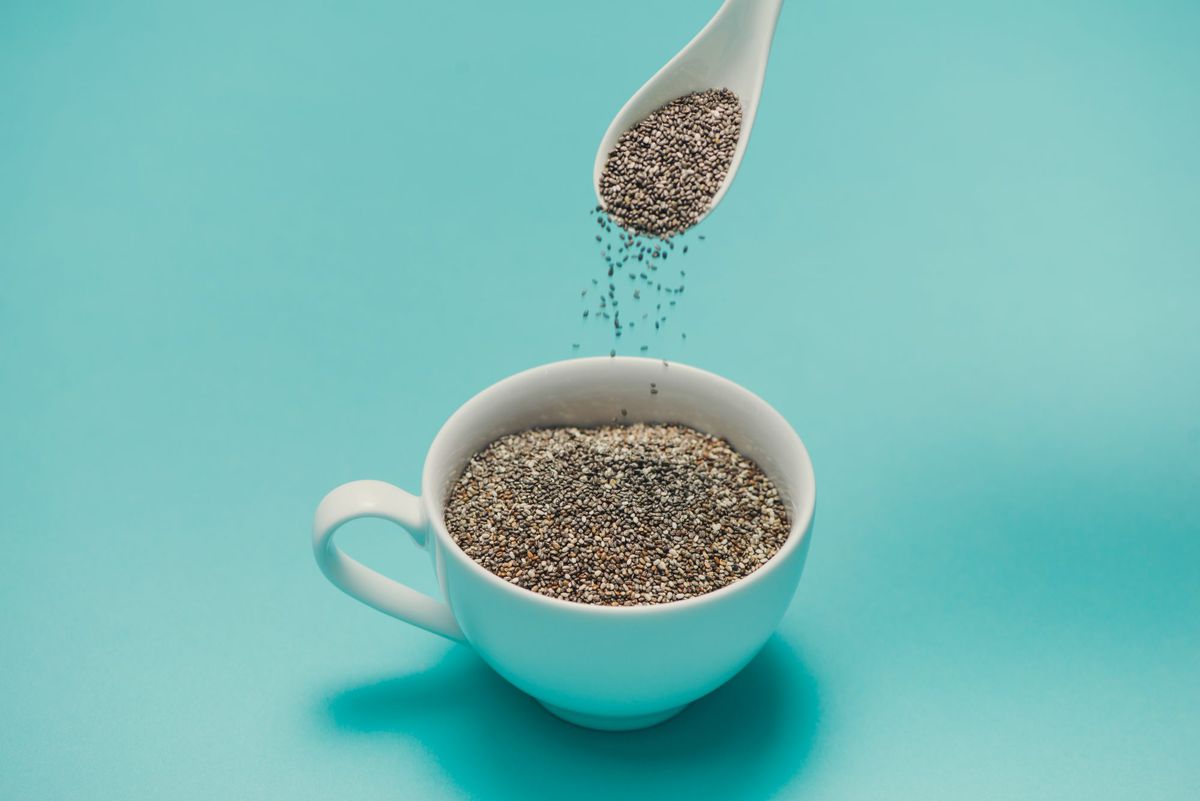
Chia Seeds
Tiny but mighty, chia seeds are loaded with soluble fiber, omega-3 fatty acids (ALA), and essential minerals like calcium and magnesium. Just one ounce provides about 10 grams of fiber—making them a powerful appetite suppressant.
When soaked in liquid, chia seeds expand and form a gel-like consistency, which slows digestion and increases satiety. They also support a healthy gut microbiome, which plays a crucial role in metabolism and weight control.
Sprinkle them into smoothies, yogurt, oatmeal, or even use them in homemade puddings.

Dark Leafy Greens (Bonus: Kale, Swiss Chard, Arugula)
While spinach is a standout, other greens like kale, Swiss chard, and arugula provide similar superfood benefits. They're packed with nutrients and extremely low in calories, making them ideal for those trying to create volume in meals without overeating.
Greens also promote digestive health and detoxification due to their high chlorophyll and antioxidant content. A handful tossed into stir-fries, soups, or sandwiches can make a noticeable difference in how full you feel.

Greek Yogurt
Although it wasn’t in our original list, full-fat plain Greek yogurt deserves a mention. It's rich in protein, probiotics, and calcium, all of which aid weight loss by supporting digestion, stabilizing blood sugar, and increasing satiety.
Choose unsweetened versions and mix in berries, nuts, or a dash of cinnamon for flavor without extra sugar.
Extra Weight-Loss Boosters to Keep on Hand
While the top superfoods already go a long way, consider incorporating these extras to push your nutrition further:
-
Flaxseeds: Similar to chia, these are high in fiber and ALA, and can be ground and added to meals.
-
Cabbage: Low-calorie and high-volume, cabbage is excellent for gut health and digestion.
-
Apple cider vinegar: Some research supports its use for reducing appetite and blood sugar spikes.
-
Beans of all kinds: Beyond black beans, explore lentils, white beans, or navy beans for their fiber-protein combo.
Final Note
Instead of fixating on what to avoid, shifting your mindset toward what to include makes weight loss less about restriction and more about nourishment. The best superfoods for fat loss are those that fuel your body, keep you satisfied, and promote internal balance.
By building your meals around these ingredients, you’re setting yourself up not just for weight loss—but for long-term wellness, energy, and vitality.

